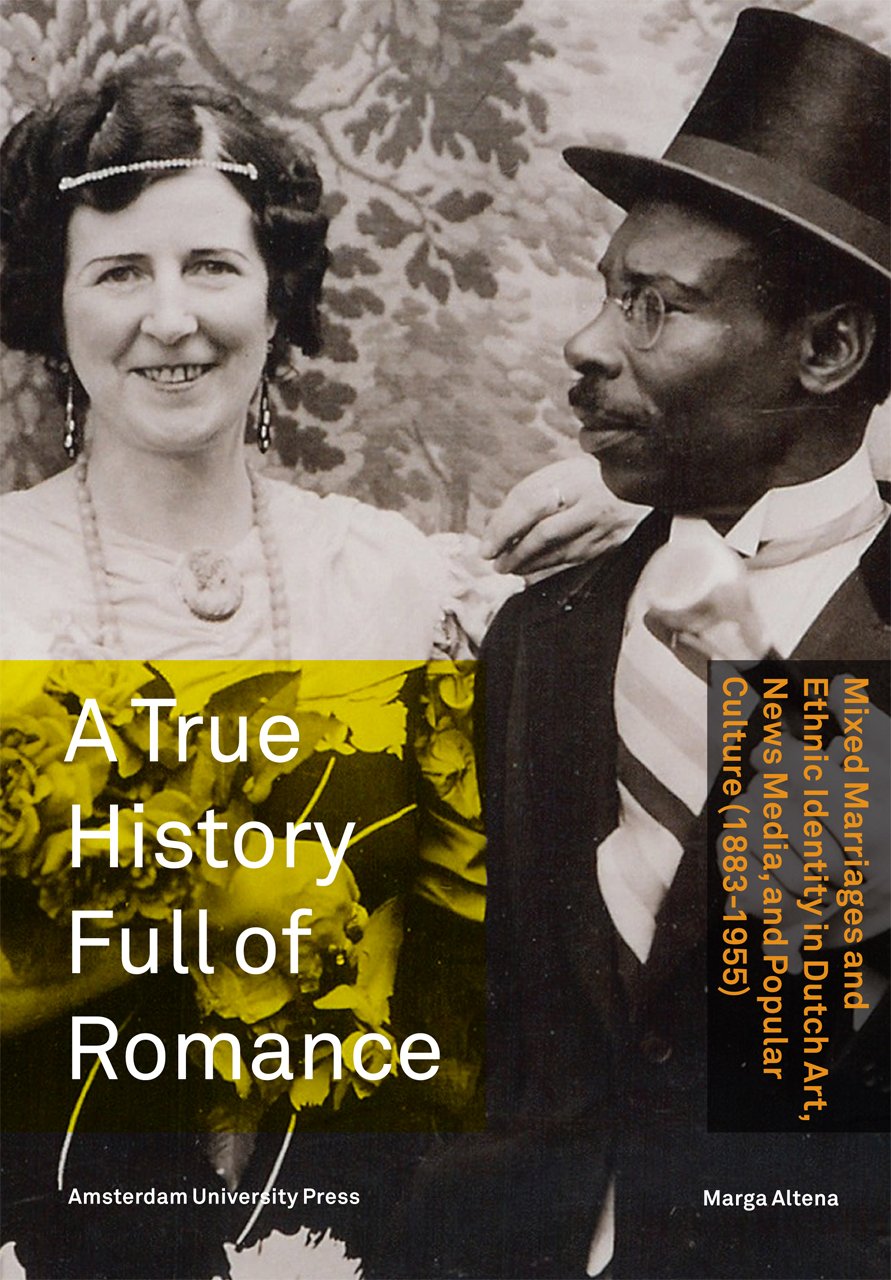Struck by Lightning? Interracial Intimacy and Racial Justice
Human Rights Quarterly
Volume 25, Number 2, May 2003
pages 528-562
DOI: 10.1353/hrq.2003.0017
Kevin R. Johnson, Dean and Mabie-Apallas Professor of Public Interest Law and Chicana/o Studies
University of California, Davis
Kristina L. Burrows
Rachel F. Moran, Interracial Intimacy: The Regulation of Race and Romance (Chicago and London: University of Chicago Press 2001), pp. xii, 271. Cloth, $30.
If true love is like lightning, what can romantic choice have to do with racial justice[?].
I. Introduction
Over the last decade, growing attention has been paid to the mixed race population in the United States. Much of the literature on the subject offers compelling stories of the life experiences of persons with African American and white parents. In addition, the controversy over the proper classification of mixed race people for Census 2000 attracted national attention.
Only recently has legal history scholarship begun to analyze the rich history of the legal regulation of racial mixture in the United States and its modern day repercussions. Breaking important new ground in this emerging field, Rachel Moran’s book Interracial Intimacy: The Regulation of Race and Romance represents the first comprehensive review of the intricacies of the law and policy of racial mixture, ambitiously surveying wide-ranging legal terrain from the anti-miscegenation laws to transracial adoption. By tackling a much-neglected topic that is central to a full appreciation of civil rights in the modern United States, Interracial Intimacy deserves attention and will likely serve as an influential guide to future research in the field.
As Interracial Intimacy unravels the law’s efforts to regulate and respond to intermarriage, it offers powerful evidence that race is a social and legal construct, a product of our collective mind rather than an immutable biological fact. But Moran goes well beyond that. She demonstrates how intermarriage is inextricably linked to the quest for racial justice. A central theme of Interracial Intimacy is that the prevailing racial segregation in the United States makes intermarriage far less likely than would be the case in an integrated society. The low rate of interracial relationships is a function of pervasive housing, school, and employment segregation, as well as the lack of racial diversity in higher education. Socioeconomic class disparities reflected in residential and employment patterns factor in as well, implicating the connection between race, class, and marriage.
Put simply, people are less likely to select mates of another race if they rarely meet them. Because Americans of different races continue to live separate daily lives, we should expect that people will continue to marry others of their own race. Moran’s reference to love striking “like lightning” makes love seem all the more romantic. However, as we all know, one’s location can affect whether he or she is hit by lightning. So too, location and geography matter for love and romance. The effect of location on love and romance is one of Interracial Intimacy’s powerful insights. Somewhat ironically, Moran proves that, at one level, the segregationists of the old South were entirely correct: segregation and “race mixing” indeed are—and always have been—deeply interrelated. As Gunnar Myrdal observed in his classic study of race relations in the United States, “[e]very single measure [of segregation] is defended as necessary to block ‘social equality’ which in its turn is held necessary to prevent ‘intermarriage.'”
One can only speculate why serious legal scholarship has failed for so long to analyze the connection between love, intimacy, and racial justice. In part, the failure may stem from the view that intensely private and personal decisions are immune from legal purview. By implicating issues of passion and eroticism, intimacy may appear to be beyond rational analysis. Moran’s book breaks the long silence in legal scholarship on this critically important topic.
Interracial Intimacy also identifies deeply perplexing questions worthy of further exploration. Notably, African Americans marry whites much less frequently than Asian Americans, Latina/os, and Native Americans do. Are these other minorities effectively “white,” or at least “whiter,” than African Americans? One can only wonder about the future of interracial marriage between African Americans and whites and what it portends for racial progress.
Ultimately, Interracial Intimacy leaves open whether optimism or pessimism is justified about black/white intermarriage in the next millennium and its impact on civil rights in the United States. In that way, the book proves…

